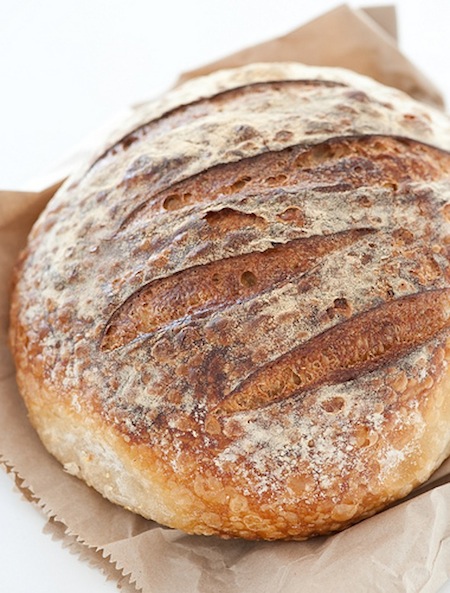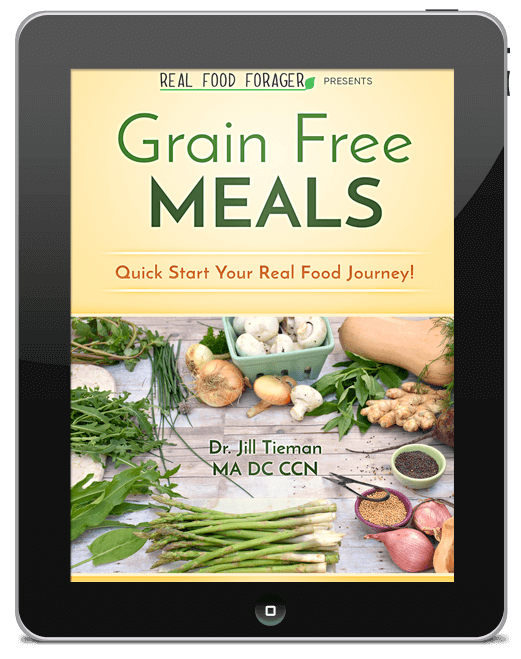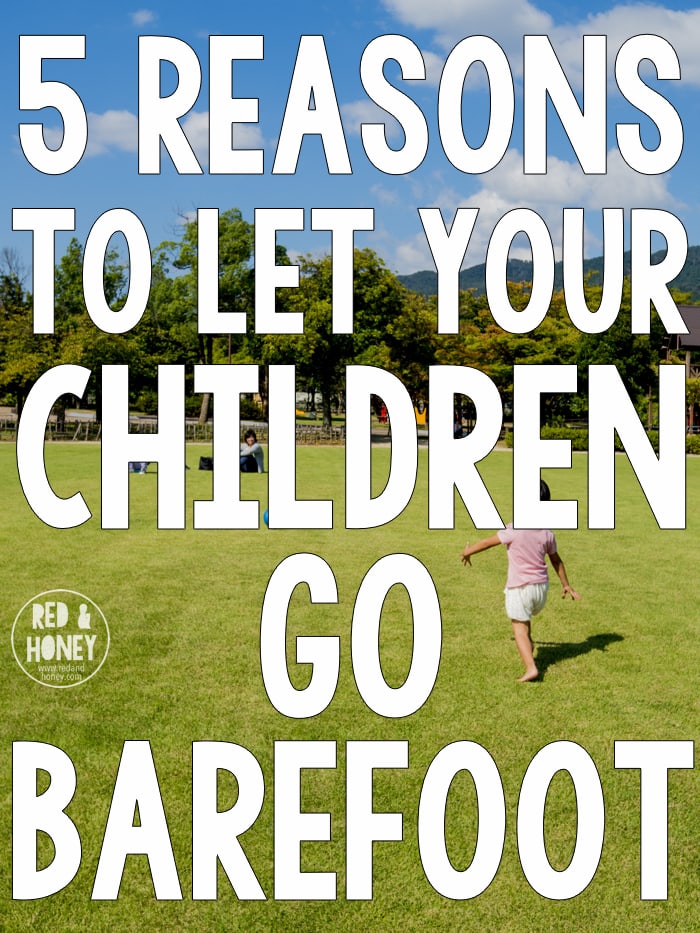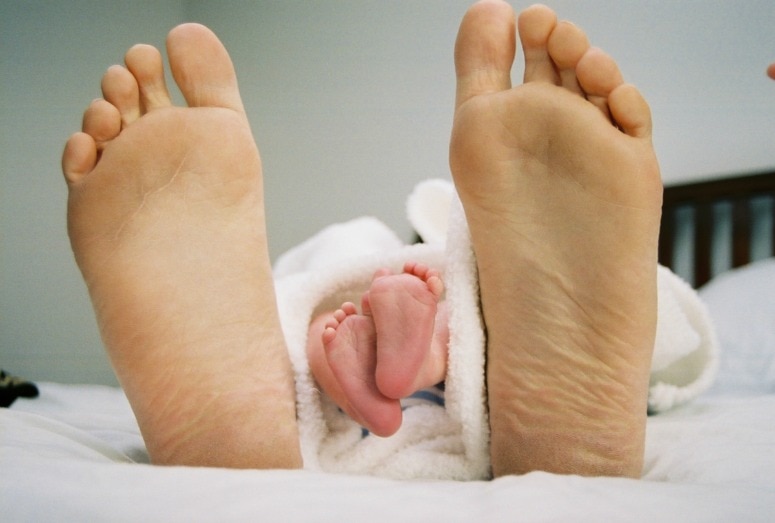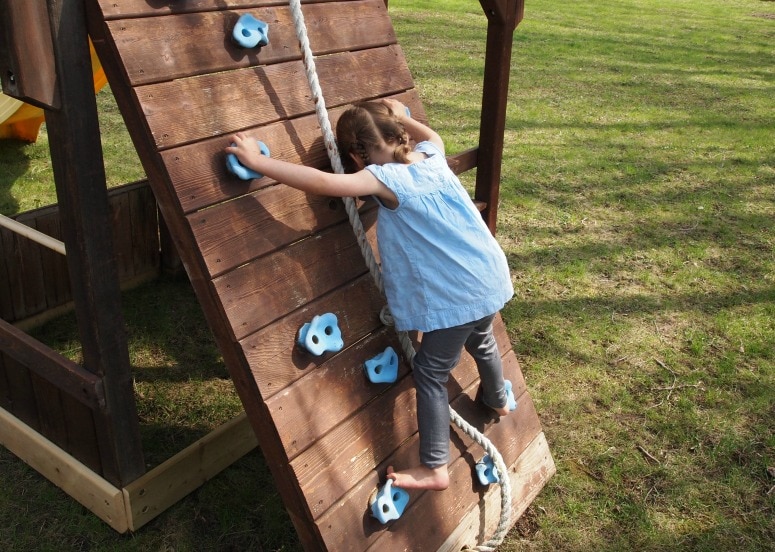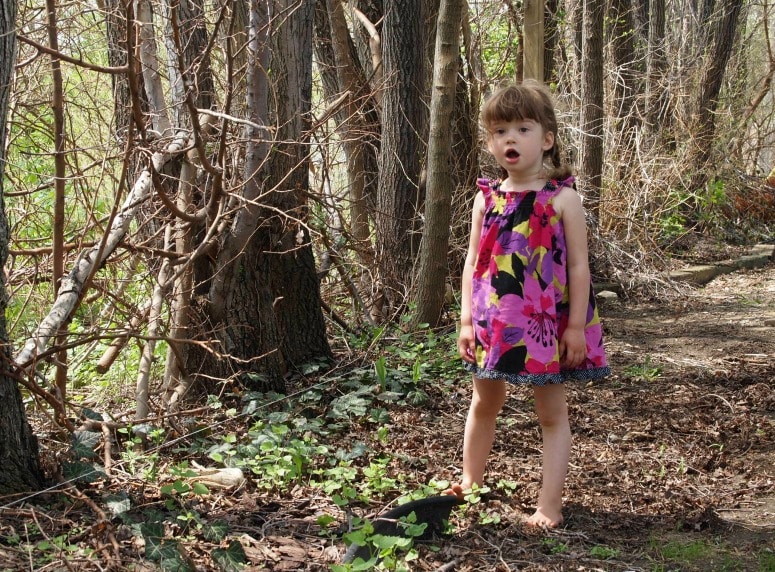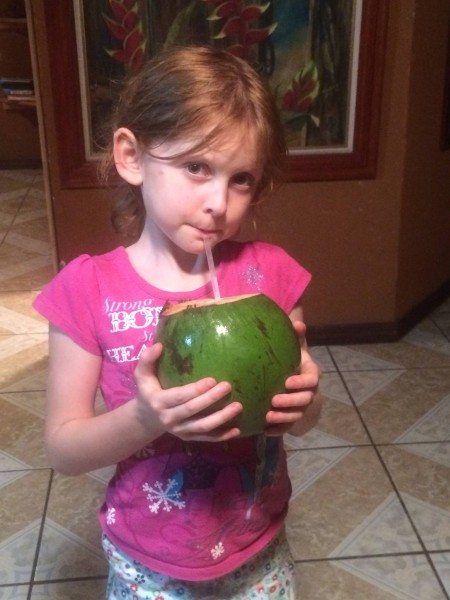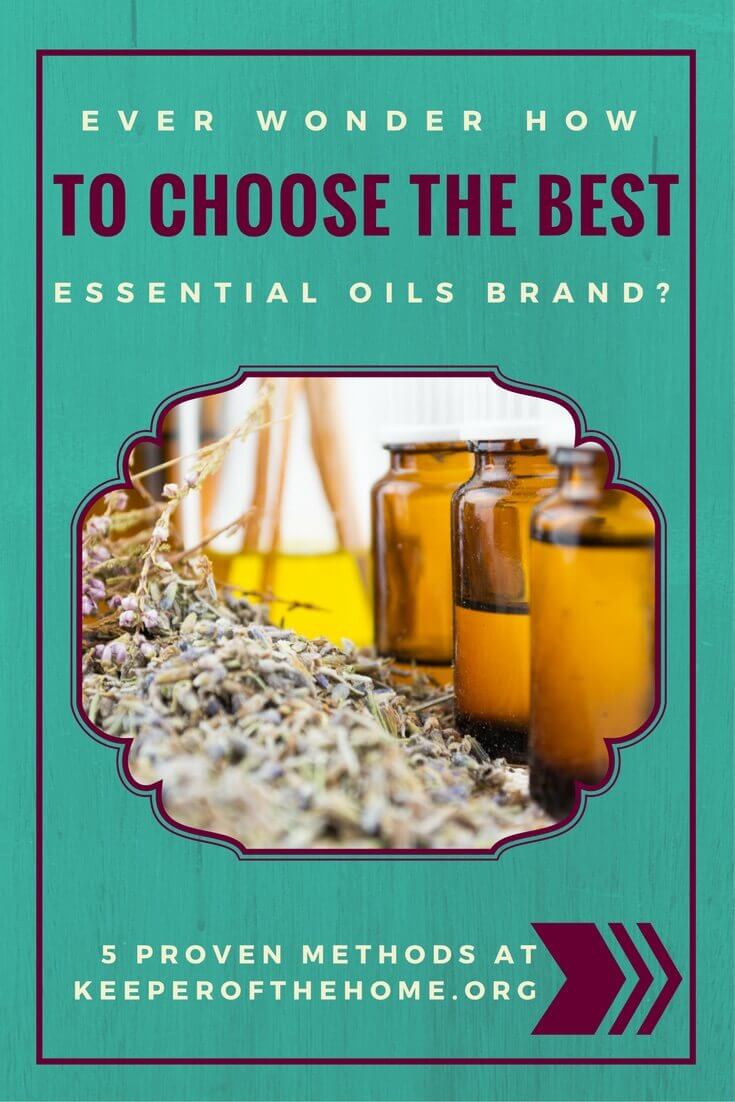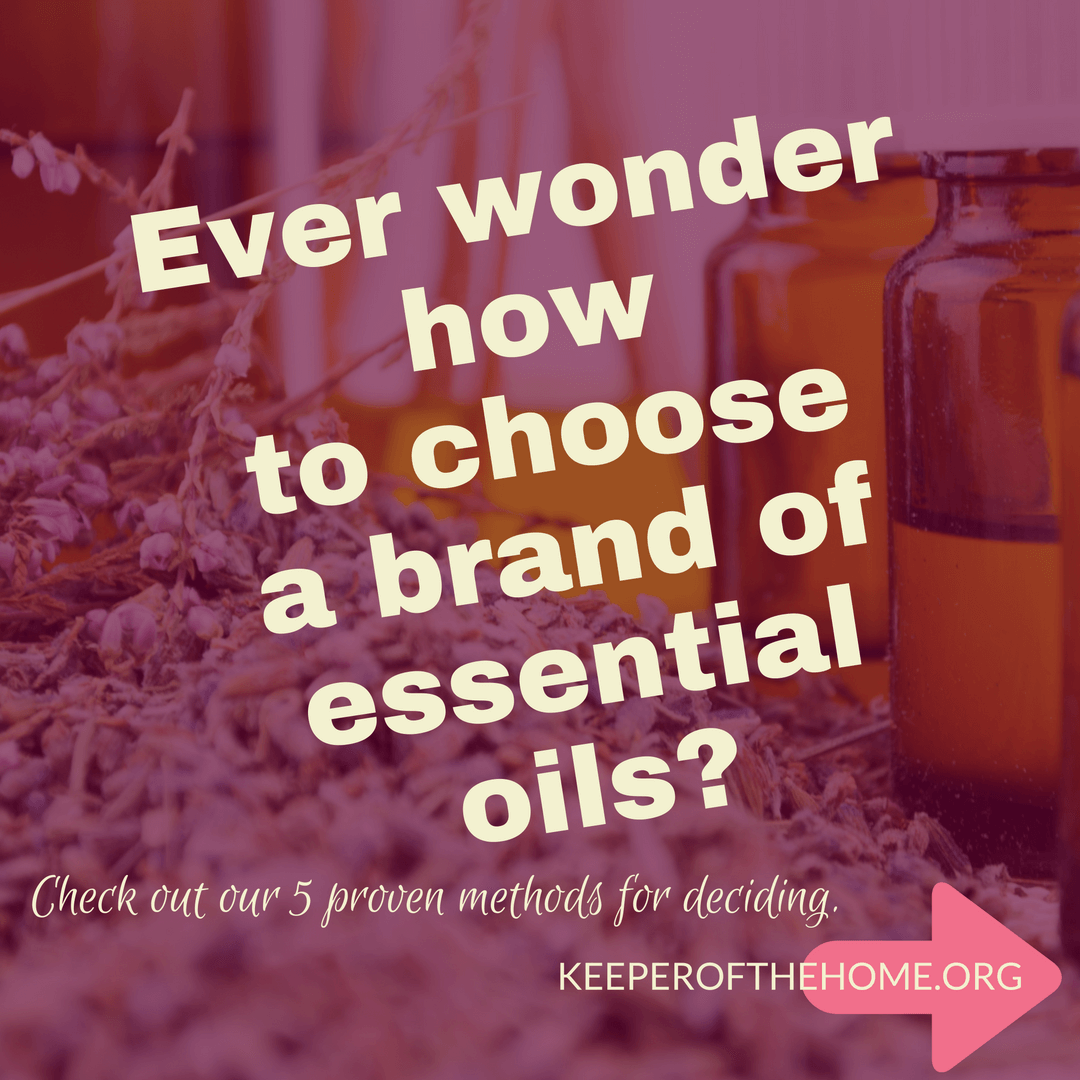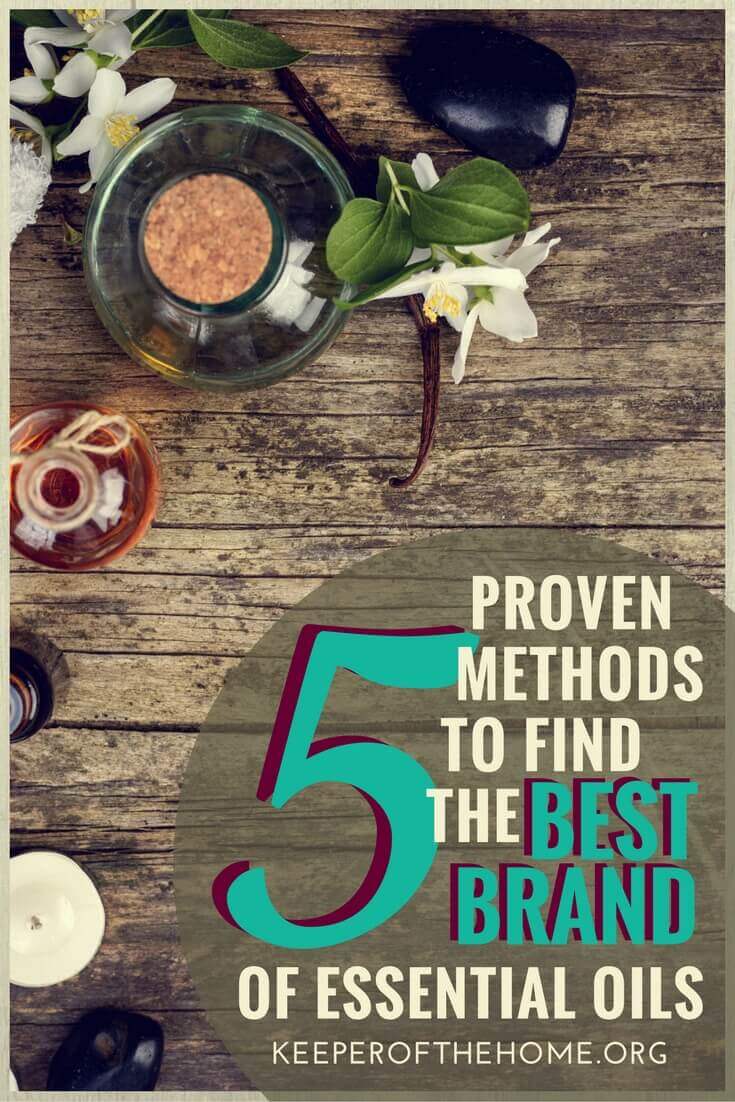Everyone says not to cloth diaper newborns.
Now if you’re a super rebellious person, that might be reason enough for ya.
But if you would like to do the right thing and make life easier on yourself, you might want some better reasons.

My Cloth Diaper Experiences
With baby number one, I never really considered cloth diapers, or at least I don’t remember doing it. At that phase of our lives, budget was the major concern, so the cheapest diapers that didn’t leak much were our choice. If I did look into cloth, I probably saw the price tag for one cover (they can range from about $12-30) and gave up the quest.
With number two, I was getting more seriously into living an eco-friendly life, but by the time I was wishing I had cloth diapers, she was about 8 months old. I worried that she might potty train by 20 months or so since I always heard that girls tend to train earlier than boys, and my boy had trained completely by 27 months.
I didn’t want to invest in cloth diapers for just one year and feel like I hadn’t ended up saving money as well as the earth (in case we didn’t have any more), so I looked into it and gave up.
Obviously we had a few more, so I wish I had jumped in and learned cloth now, looking back! But you know what? Even if number two had been our last, I would have given myself advice to go for it anyway. Even for 12 months, I think a family would spend less on cloth than on disposables, and you’d probably also be able to resell your diapers if you had no more children.
When number three came along, I really wanted to do cloth diapers, no matter what! But we were living with my in-laws (between houses) at the time of his birth, so I had to wait until I had my own washing machine, I thought. He was 5 months old when we finally jumped in, followed these great rookie tips for cloth diapers, and got started!
So I’ve only cloth diapered one newborn, but it was actually a pleasant experience (and I haven’t said that about all the stages we’ve been through with cloth).
Here’s why:
1. It’s a good time to get used to it.
In my opinion, cloth diapers are harder to switch to once you’re used to the convenience of disposables.
So I think that if you want to try cloth, you should just get started right away – after the meconium is out though. It’s worth filling the landfill so you don’t have to figure out how to get that black, sticky mess off cloth!!! EDIT: I just assumed meconium would be awful because it’s hard to wipe off baby’s bum, but readers tell me it’s no big deal, both in the wiping and the washing. Great news!
My cousins, who started cloth right away, think it’s totally no big deal. My husband thinks it’s a huge pain, but he had two babies and a few months more of ‘sposies, so he got spoiled.
He also never saw the money spent on disposables…
2. Newborn disposable diapers are expensive!
Price per diaper is so high for those teeny tiny newborn and size one diapers! They don’t come in megapacks to save money in bulk, and newborns go through sooooo many (I’d guess 12 per day), so the real cost is even higher if you track per day expenses.
Besides that, even disposables tend to have a ton of leaks in the first month, and it seems like you’re constantly changing the baby’s clothes, so why not get used to cloth and start troubleshooting leaks from the get-go? (In some phases it has felt like cloth leaks more, but right now, Gabe is hardly leaking at all, so we must have gotten the system down!)
Some would say that cloth diapers are going to leak more – urine – on newborns because they won’t fit as snugly, FYI. Many also say that cloth diapers have less poopy blowouts because they tend to have elastic around the back and legs that is more snug than disposables.
I would say that’s totally true, and it only really applies to that first 6-8 months when baby’s poop is super watery and explosive.
3. Exclusively breastfed poop doesn’t need rinsing out.

Why waste a month or two of that lovely phase? Since we started with cloth at about 5 months with baby number 3, I didn’t have long before I had to start scraping solids into the toilet.
Let’s just say that’s not the most fun part of cloth diapering.
It’s the poops that result in my husband saying things like, “There’s a diaper for you on the bathroom counter.”
He boycotts scraping. Phooey.
So just like point number two, I’d say the first 6 months of a baby’s life have some unique benefits that make cloth diapering easier, and you might as well maximize the easy time. (Note: I don’t really know if this applies to formula-fed infants. Sorry!)
4. You’re home more often.
Being home means doing diaper laundry is much less of a hassle.
We finally gave up cloth with number three in the late summer when we were traveling a lot, and we just never went back. Life felt so busy in September, we loved being out of the house during the warm days, the older kids had school functions, ETC.
I felt lucky to have a winter baby this time, only because it gave me a good excuse to hole up with the newborn and not go as many places. That makes cloth diaper laundry sound a lot more attractive than going shopping (although of course you can order online, but that’s a whole new layer in the “eco-friendly” issue IMO…)
As long as I don’t feel behind, I don’t mind the laundry one bit – and because I like to hang my covers and add another load of regular clothes to the inserts in the dryer, cloth diaper laundry ensures that I keep up on the rest of the family’s laundry much better, too. (Here’s my routine for doing cloth diaper laundry.)
5. (Maybe) Baby will love diaper changes.

I only have a data set of n=4 kids, but this little Gabriel, who was the only one to use cloth diapers right from the beginning, is the first baby to be happier on the changing table than otherwise. Most of them have screamed bloody murder, especially in the newborn phase, when it was diaper change time.
This one?
He loves getting changed.
This could totally be personality, but because cloth lets the baby feel when he’s wet, I felt like a few things happened in the newborn phase:
a) Gabe was likely to cry or fuss when he needed a change. I don’t remember the other kids ever caring about wet diapers one bit!
b) We were more tuned in to his needs. When baby obviously feels better after a diaper change, Mom and Dad are definitely more likely to try changing a diaper when baby fusses.
Part of me is hoping (and hoping and fervently hoping!) that Gabe will potty train sooner because he doesn’t like feeling wet. (I hoped that with John, number three, as well, but no go. Of course, we also dropped cloth at two years old, and then he didn’t train until 3 years, 2 months, so maybe we created that monster by not sticking with cloth just a few more months…who knows?)
Gabe might train sooner simply because it’s his personality, and it could be 100% his personality, which is different than the other kids, that makes him love getting his wet diapers off – so we need some more data! If you’ve experienced this in your family, please comment to share. Thanks!

The Downside
If you’re going to invest in cloth diapers and spend the money, you want to maximize your investment, so I’d say to use them as many months as possible.
The flip side of the money question is that many cloth diapers don’t size down far enough to fit newborns, so you’d have to buy a handful of covers just for newborn size. That can be a big investment with a little return, or so it would seem.
My thoughts:
- Since newborn diapers are so expensive, you still might break even. (And then the other benefits make you come out ahead overall.)
- If they’re not worn very long, you are more likely to be able to re-sell them and recoup your money (and/or use on subsequent children). As much as I’d love to say that you can resell cloth diapers and use them for multiple children, not all brands last that long before they simply wear out. (I’m sharing what we found about that next week – the brands that stretched out, leaked through, or otherwise died after one kid, plus the one brand I invested more in with baby four – the one brand that also resizes down perfectly to fit newborns!!!!)
- You can always buy diapers that will actually size down, plus all the way up to age two. Here is my TOP recommendation and updates on all the others.
More Cloth Diapering Information:
- MASSIVE cloth diaper review – we actually tried over two dozen brands all at the same time!
- Cloth Diaper Absorbency and Speed
- The Final Decision: What do I Really Recommend?
- The Longevity Reports: What cloth diaper did I buy with baby two? BEST cloth diaper, newborn to toddler!
Buy Softbums here:
- Softbums main site ($2.95-8.95 pods) and their money-saving packages
- Sweet Bottoms Baby ($2.95-15.95 for the various pods)
- Squishy Tushy ($4.25 Bamboo Mini Pod, $8.95 Large Bamboo Pod)
- The Green Nursery ($3.95-11.95 pods)
- Amazon (Not seeing single inserts on Amazon)
Do you want to give the Vitamin K shot or not?
More from KS on raising natural babies…
Original article and pictures take www.kitchenstewardship.com site





